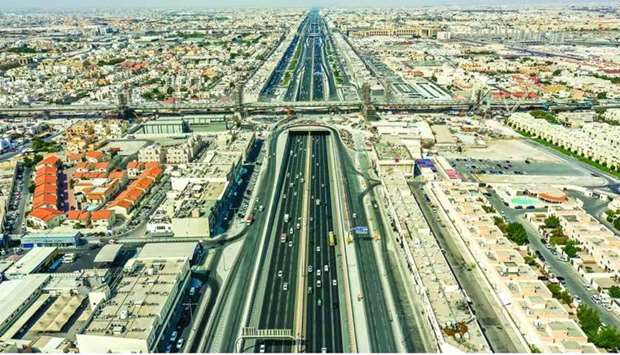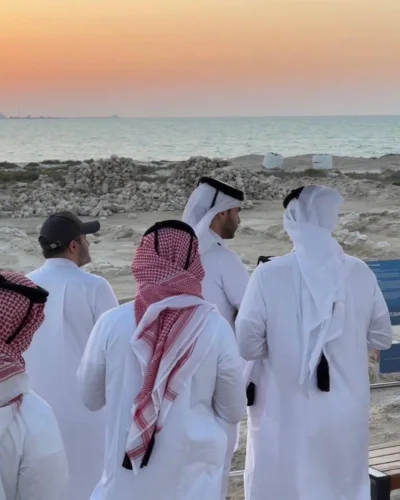* Qatar’s structural reforms to encourage FDI in non-energy sectors
Qatar is slated to see strong recovery in 2021 and 2022 and the recent structural reforms are expected to encourage foreign direct investments (FDI) in the non-energy sector, according to the Institute of International Finance (IIF).
"We expect strong recovery in 2021 and 2022, supported by the strengthening of oil and gas prices, the revival in domestic demand on the back of the progress made in vaccination, and the end of the three-year blockade," the US-based economic think-tank said in a report.
In February this year, Qatar Petroleum, now rebranded as QatarEnergy, announced its investment decision on the $29bn expansion of its North Field.
"This will allow QP to expand its production capacity from 77mn to 110mn tonnes of LNG (liquefied natural gas) per annum by 2025," it said, adding the modest twin deficits of 2020 would shift to sizeable surpluses in 2021 and 2022.
The authorities have recently launched partnerships with the private sector for logistics zones and other infrastructure projects. The government also eased restrictions on foreign investment and hopes to attract more tourists by relaxing visa regulations, the report said.
"Changing the law to allow foreigners to buy real estate in Qatar and allowing them to own businesses without a local partner will also encourage FDI in the non-energy sectors," the IIF said.
On the prospects in the broader GCC region, the report said the economic growth is set to recover gradually to 2.1% in 2021 and 4.6% in 2022, supported by higher oil and gas prices and production, progress in vaccination that restores domestic activity, and the implementation of deeper structural reforms.
"Despite higher commodity prices, inflationary pressures remain contained, aided by pegged exchange rates," it said, adding "the pegged exchange rate regime in the GCC countries continues to provide a credible policy anchor for prices and financial stability".
Stressing that the pegs to the dollar are underpinned by large foreign currency assets; it said the empirical studies show that exchange rate movements have limited impact on competitiveness in the short term, as most exports in the GCC are hydrocarbons and there is limited substitutability between imports and domestically produced products.
Finding that adjustment continues to be driven mainly by fiscal policy in the GCC, the report said the flexibility of the labour market allows for improving competitiveness without the need for currency adjustment.
The continued modest fiscal consolidation combined with higher oil and gas prices would eliminate last year’s large fiscal deficit in 2021 and shift it to a surplus of 1% of GDP in 2022, the report said.
"The fiscal breakeven oil prices will continue to decline due to further increase in non-oil revenues, recovery of oil production, and modest cuts in government spending," the report said.
The combined current account balance of oil exporters would shift from a deficit of $6bn in 2020 to surpluses of $165bn in 2021 and $138bn in 2022 (6% of GDP or gross domestic product).
"The appetite for the GCC debt will remain high, driven by the financial and non-financial corporate sectors," the IIF said.
Highlighting that the GCC banking systems remain sound, the IIF said capital adequacy ratios exceed 16% in the region and non-performing loans to total loans remain close to 2% in Saudi Arabia, Qatar and Kuwait, and between 4% and 8% in Bahrain, Oman, and the UAE.




